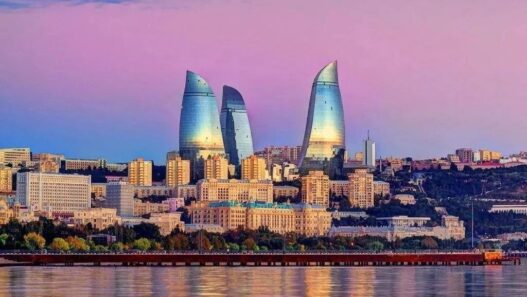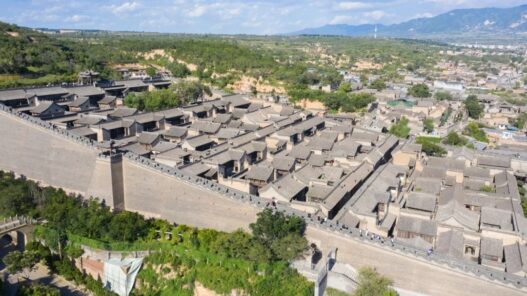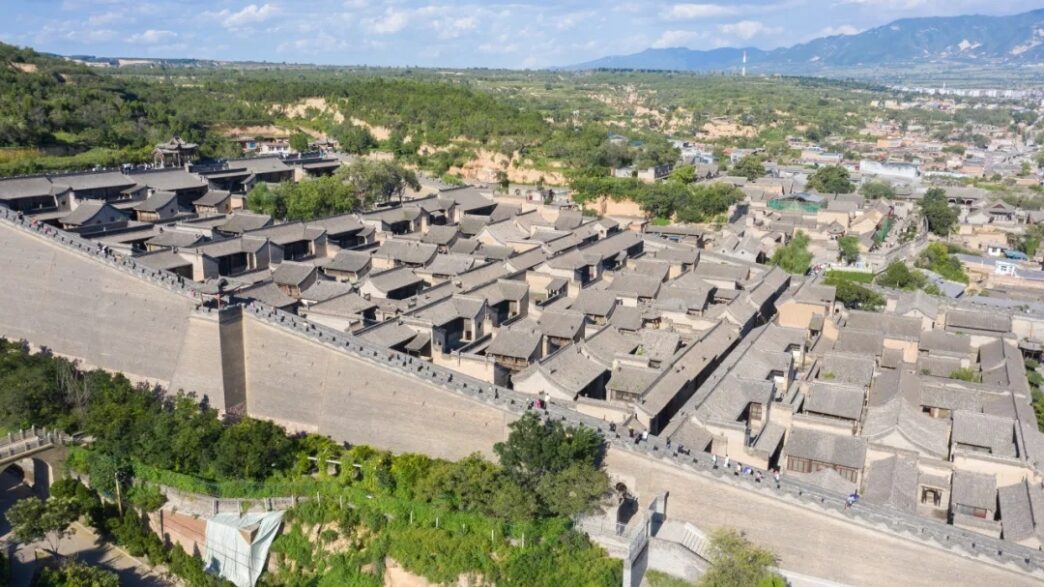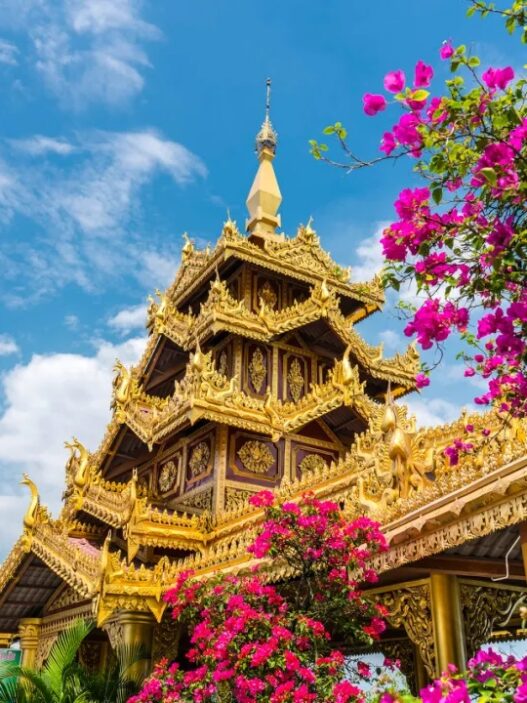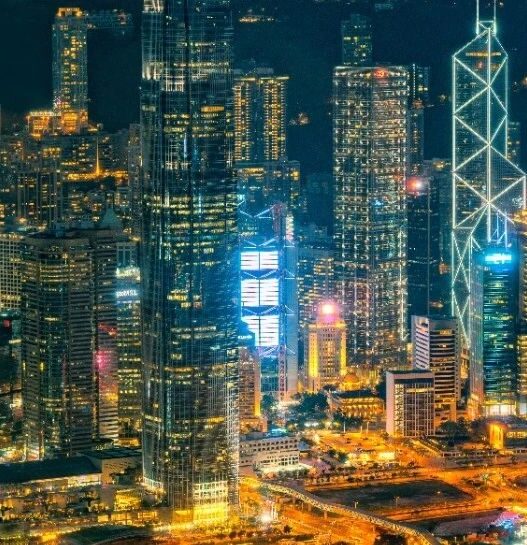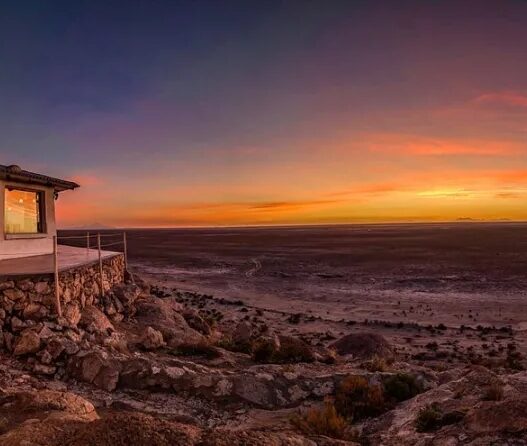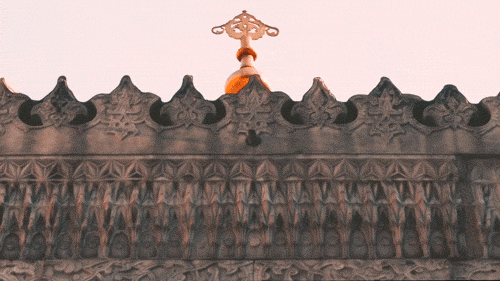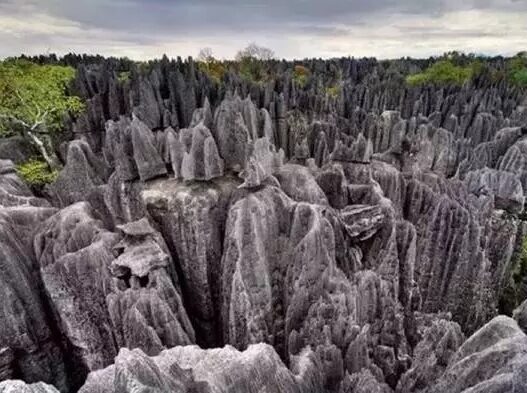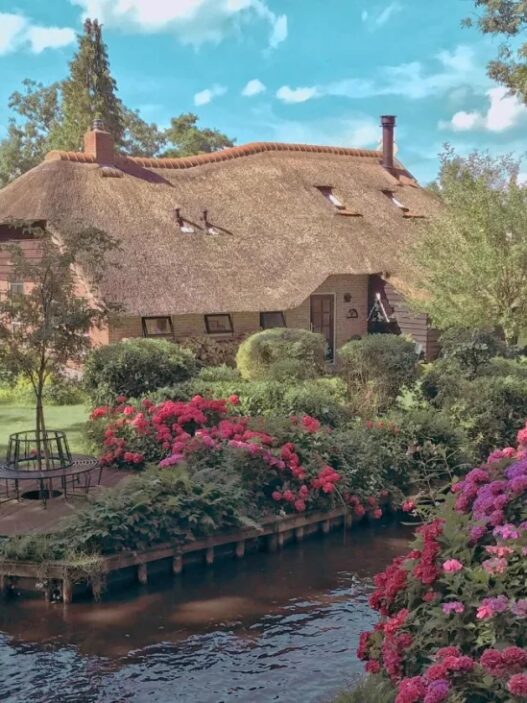When people mention the Forbidden City, words like “majestic” and “grand” come to mind. As the residence of ancient emperors, it’s adorned with numerous palaces, exuding opulence. One might wonder, whose private residence could compare to such grandeur?
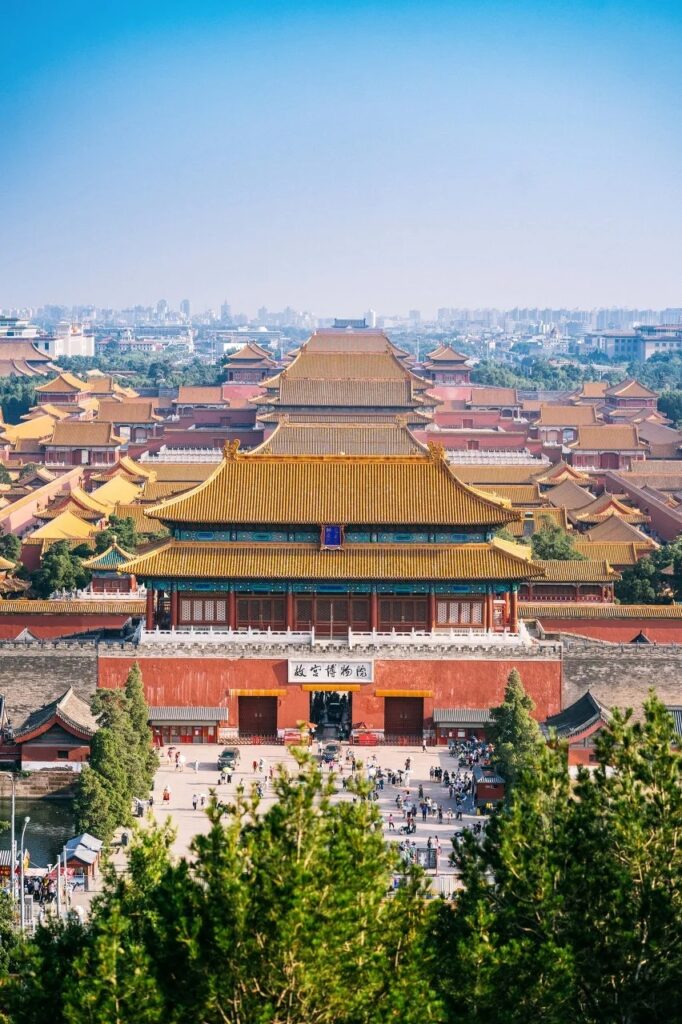
However, there is a private mansion in China that surpasses the Forbidden City in size by 1.6 times, known as the “Folk Forbidden City” or “The First Residence of Chinese Folk Dwellings.” It’s even said that “After visiting the Wang Family, one wouldn’t bother looking at other courtyards.”
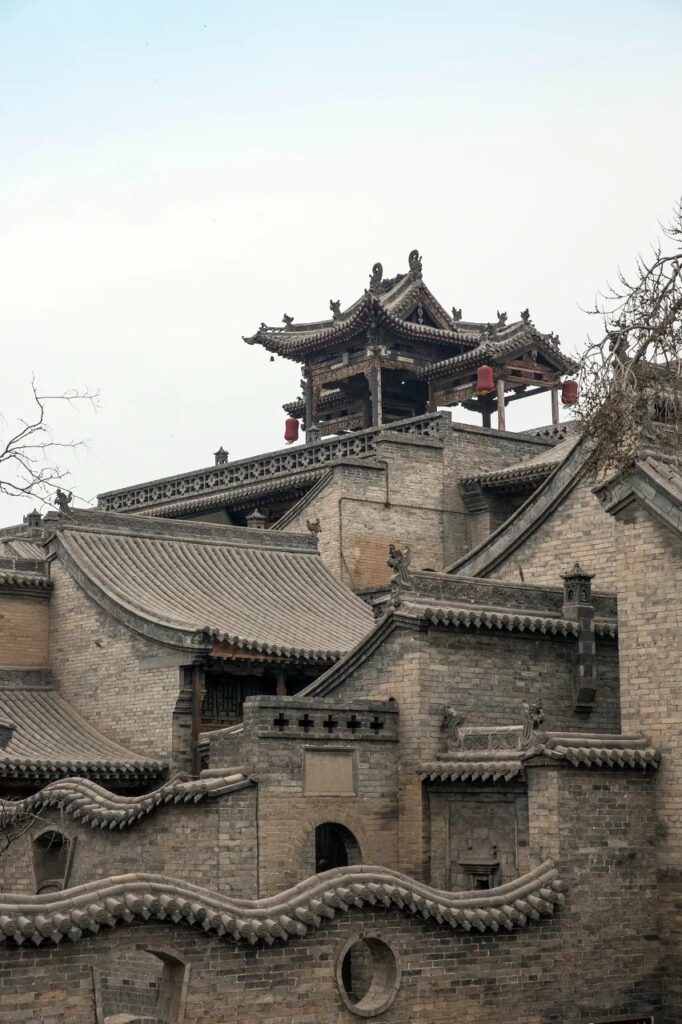
This private mansion is none other than the Wang Family Courtyard, located in Lingstone County, Shanxi Province.
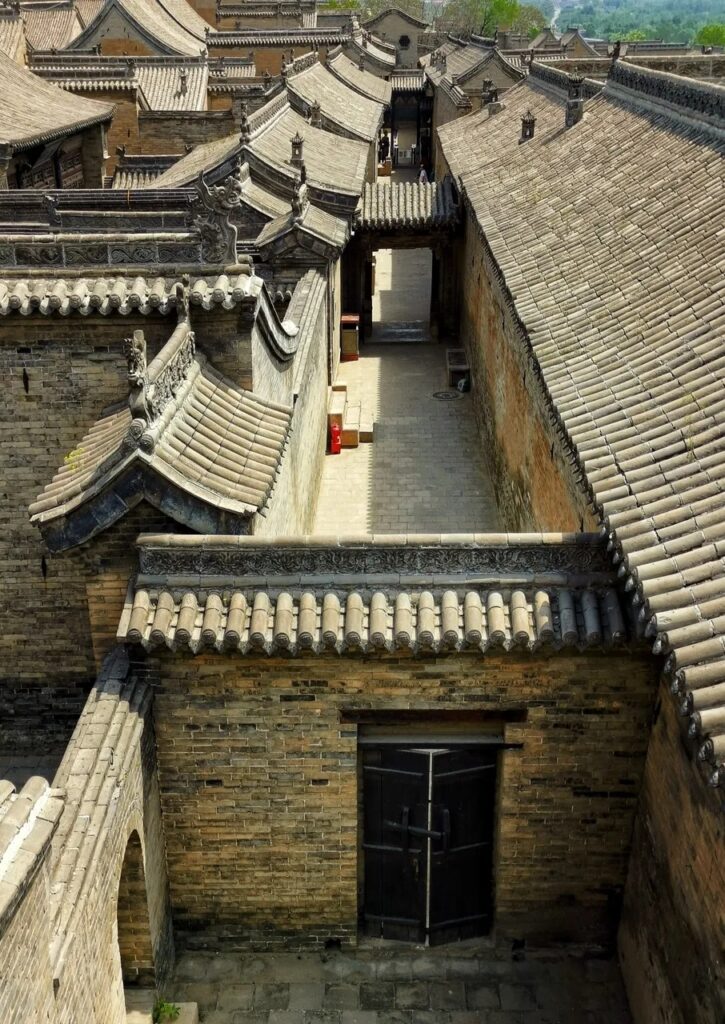
After visiting, Professor Wang Lixiang from Tsinghua University exclaimed, “Wang is a surname, and a surname is half a nation; a house is a courtyard, and a courtyard is half a city.”
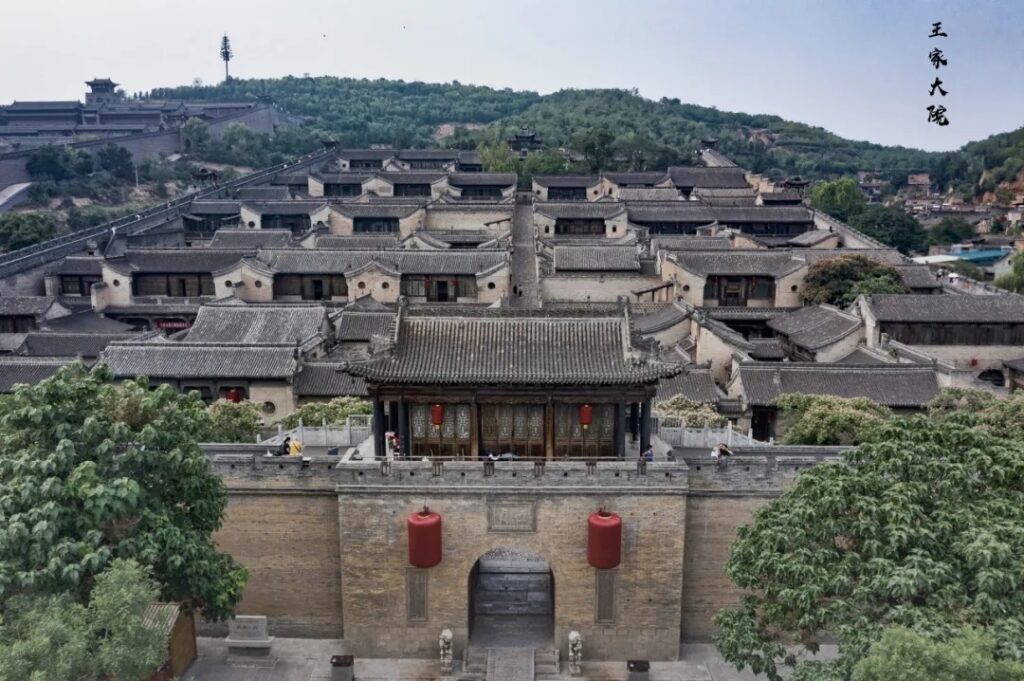
With a total area of 250,000 square meters, it’s comparable to the Forbidden City, earning the nickname “Shanxi Forbidden City”! Just how big is the Wang Family Courtyard? It’s so vast that visitors say you’d get lost without a guide.
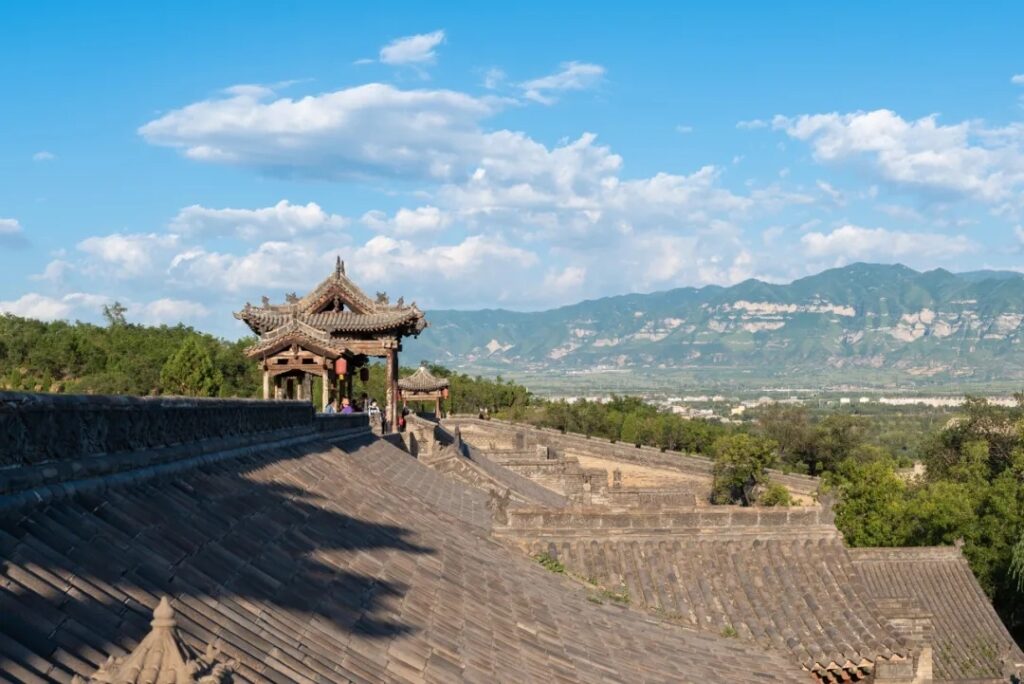
The Forbidden City has an area of about 150,000 square meters, but the Wang Family Courtyard has reached 250,000 square meters, an additional 100,000 square meters. The well-known Qiao Family Courtyard has 313 rooms and 20 smaller courtyards, which is just a tenth of the Wang Family Courtyard.
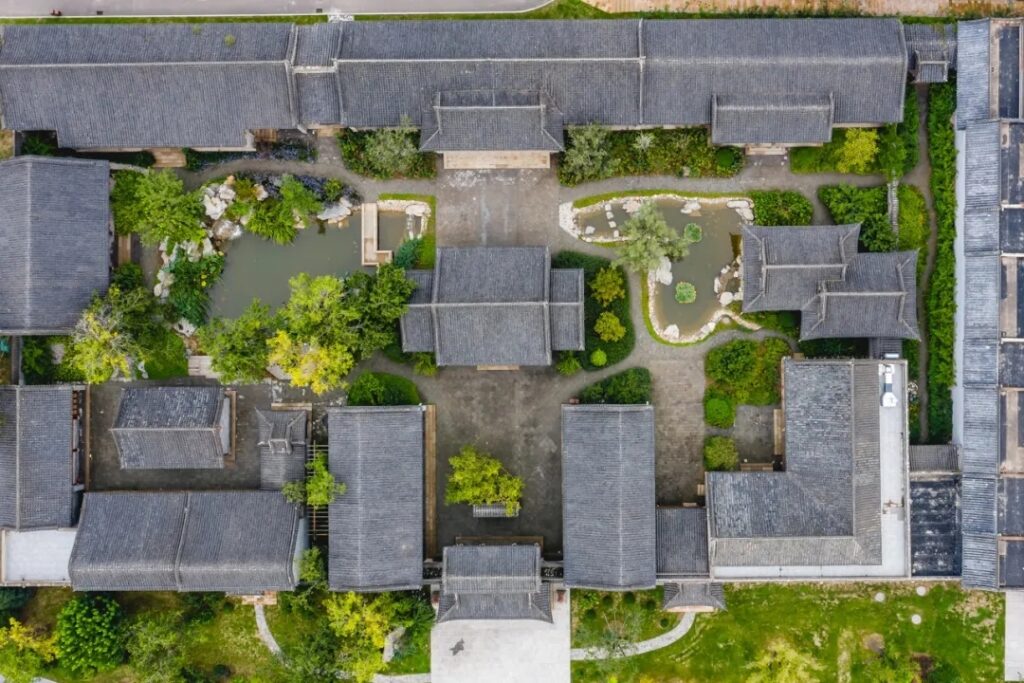
Rome wasn’t built in a day, and neither was the Wang Family Courtyard. It took 28 generations of the Wang family, over 300 years, to build this magnificent complex with the collective effort of the entire clan.
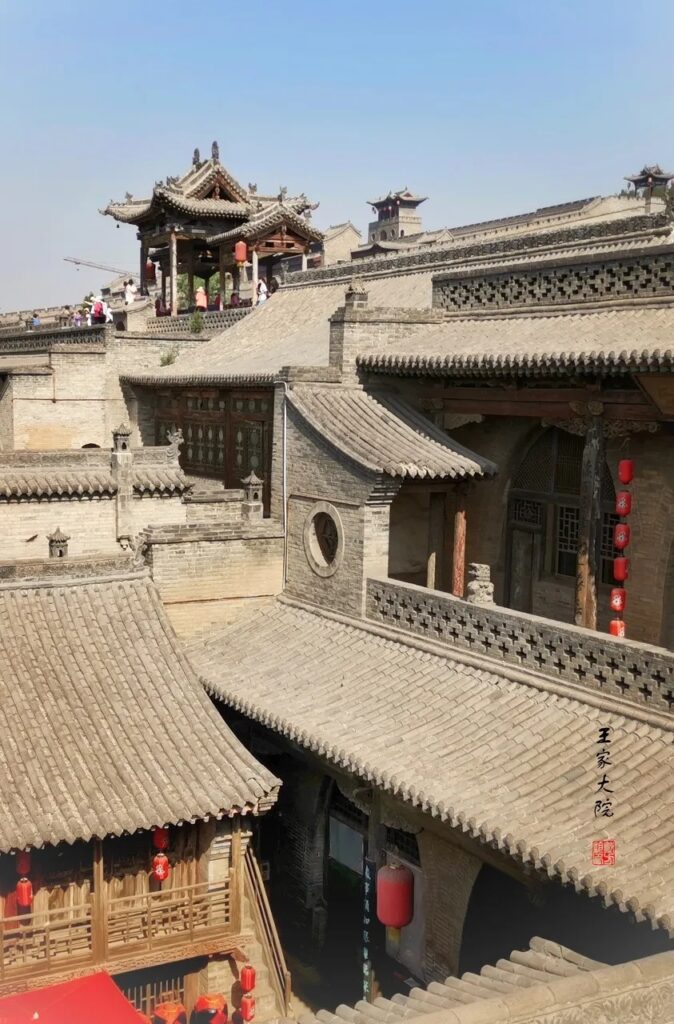
Today, the Wang Family Courtyard we see has over 8,000 rooms, comprising five alleys, six forts, and one street, forming a massive architectural group.
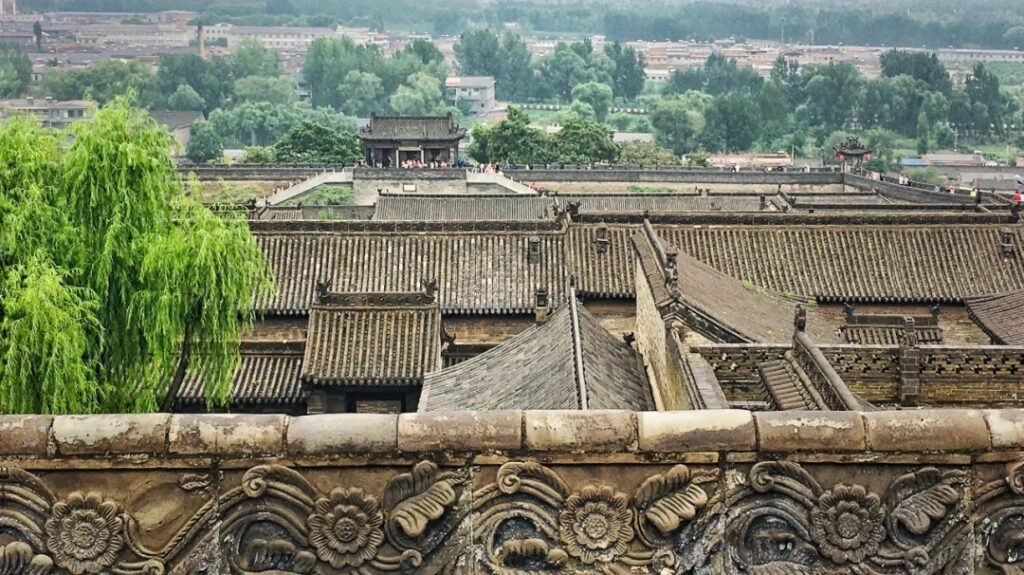
The entire structure follows the natural terrain, adapting to the landscape with layered buildings and courtyards arranged in a systematic manner. At first glance, this isn’t just a courtyard; it’s a fortress, truly deserving the title “Shanxi Forbidden City”!
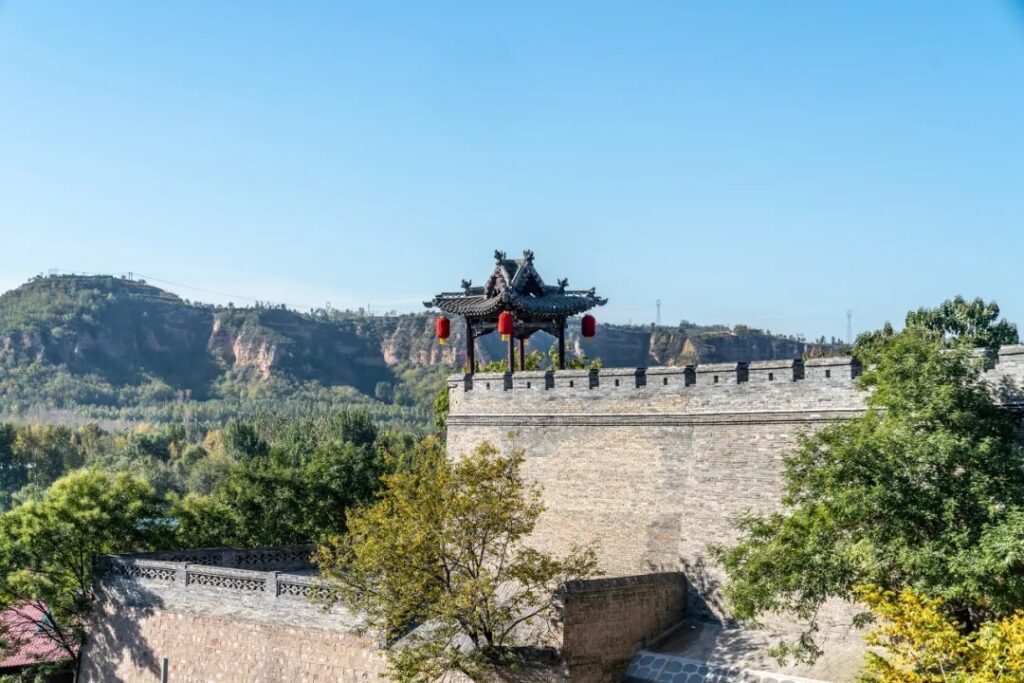
When you arrive, the overwhelming sight of this vast courtyard complex will immediately stir your heart with its imposing presence!
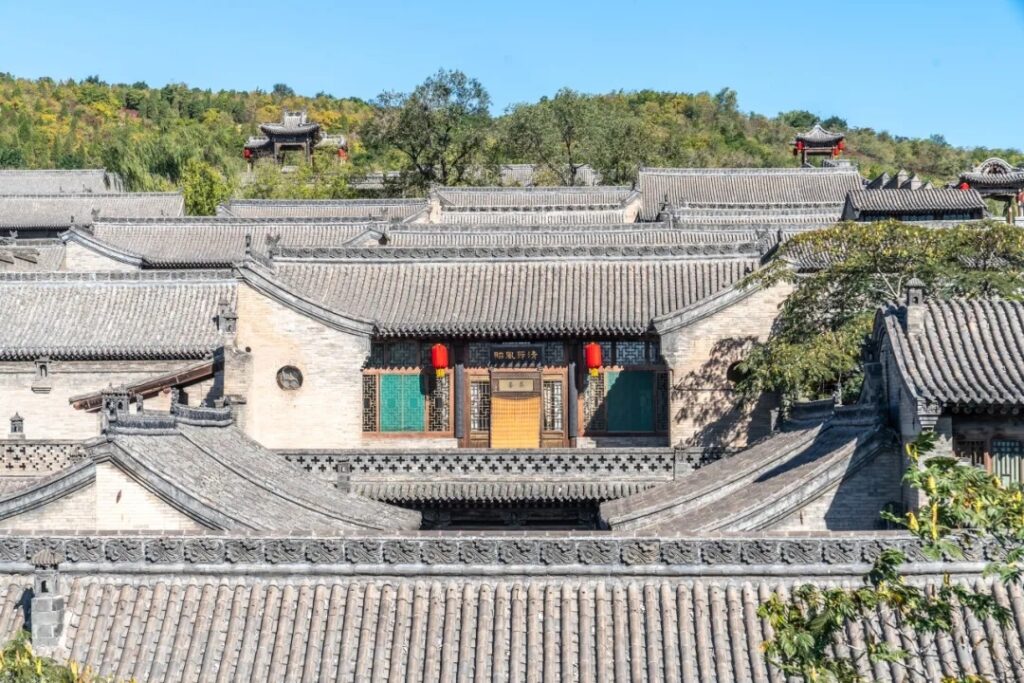
Currently, only a quarter of the courtyard is open to the public, yet it’s still impressively large, primarily showcasing the Hongmen Fort and Gaojia Cliff. These two groups of buildings face each other with a bridge connecting them. Just seeing these two gives you an idea of the Wang Family Courtyard’s luxury!
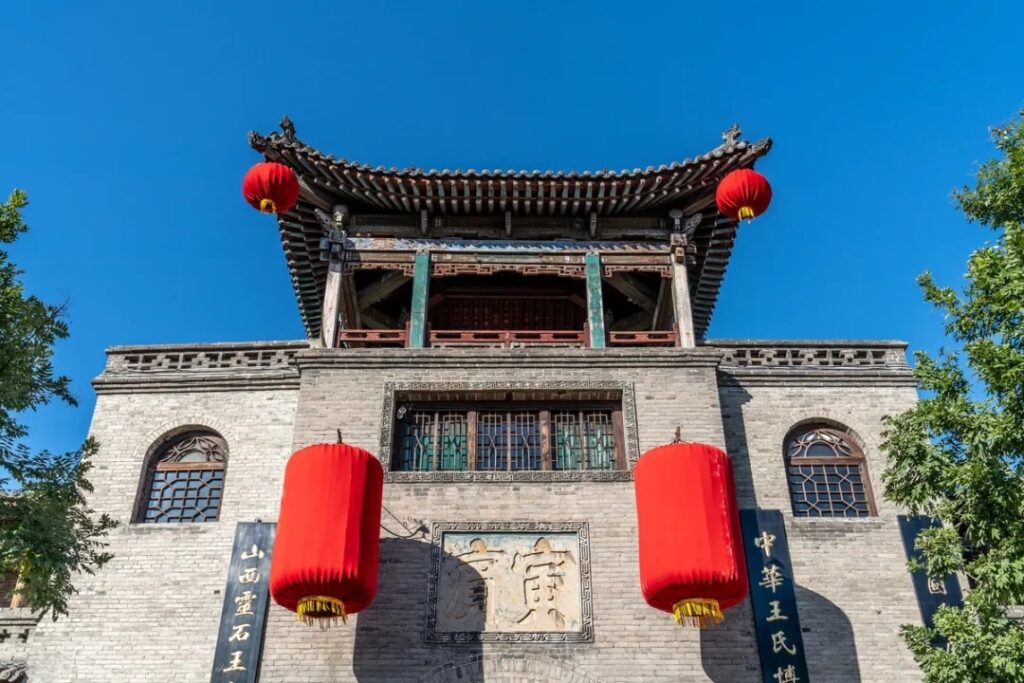
Gaojia Cliff, covering 19,000 square meters, consists of 35 large and small courtyards with 65 interconnected doors, each independent yet part of a larger whole. Each courtyard is a three-section Siheyuan, with academies, flower gardens, kitchens, bedrooms, and surrounding courtyards. The layout is so intricate that you can easily lose your way.
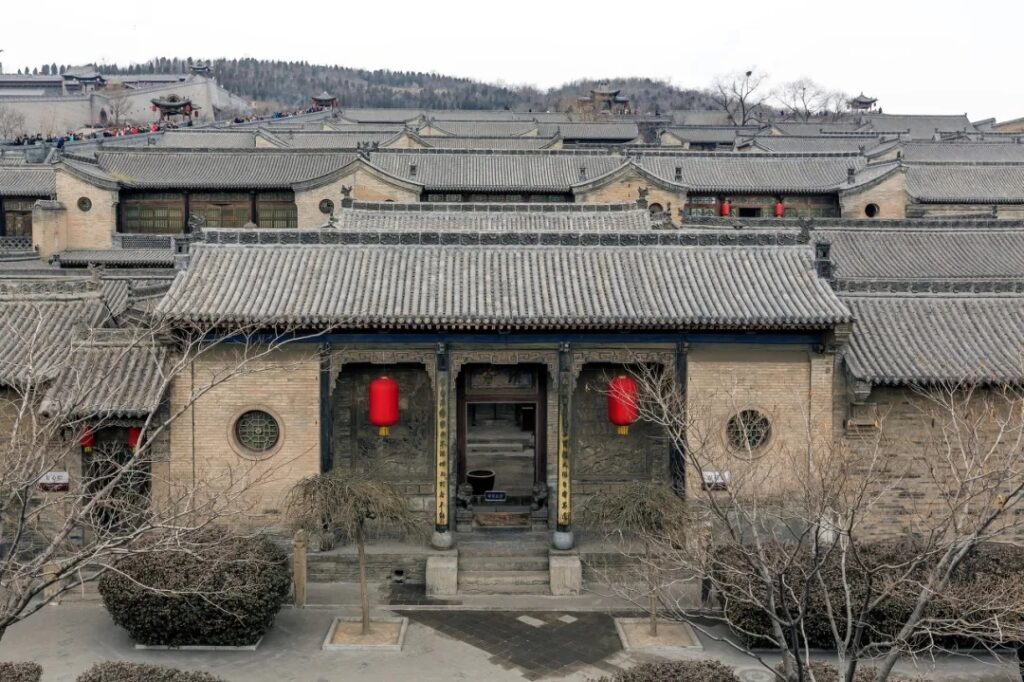
The Hongmen Fort, built over 100 years before Gaojia Cliff, is even larger and more awe-inspiring! It features an 180-meter-long Dragon Scale Street that runs through three cross-streets, each about 100 meters long. From an aerial view, the neat courtyards and alleys form a giant “Wang” character!
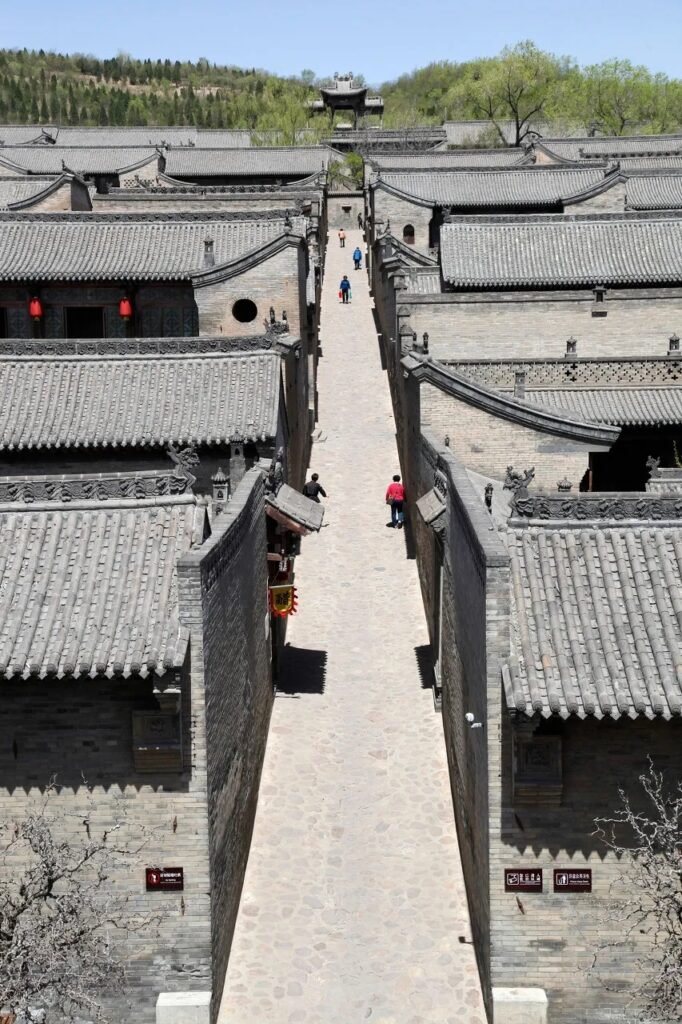
Together, these two groups contain 123 courtyards and 1,118 rooms! From any courtyard, you can see lush greenery, pavilions, and terraces, making one exclaim: “Truly, the demeanor of a family with centuries of history!”
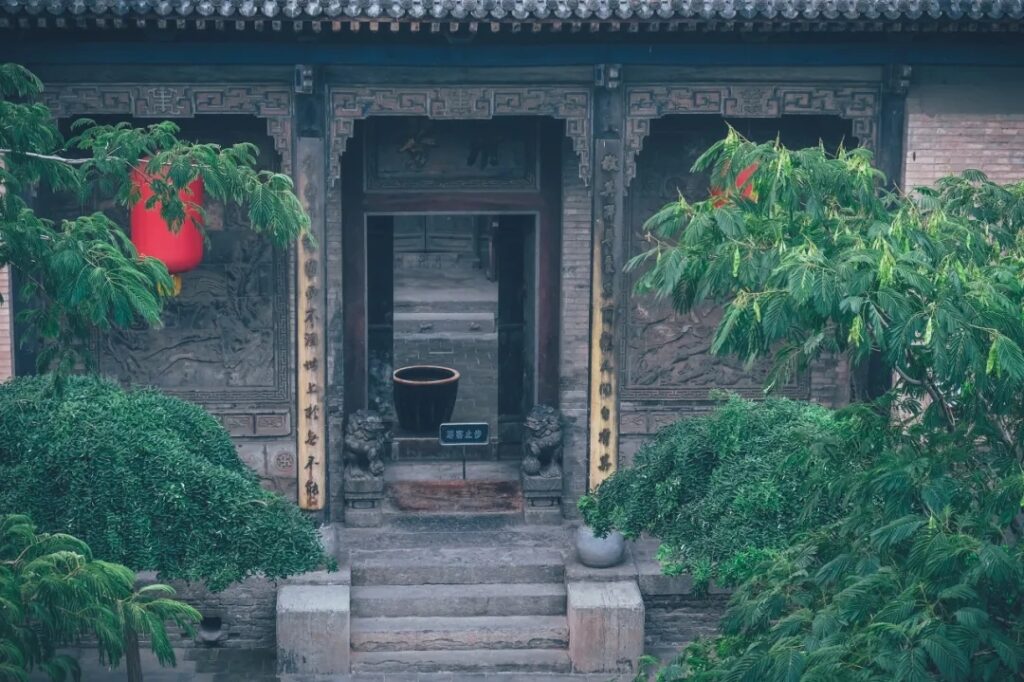
The Wang Family Courtyard, with its luxurious yet simple elegance, is a museum of carving arts! It’s not just its size that earns the praise of “After visiting the Wang Family, one wouldn’t bother looking at other courtyards”; it’s also a gallery of carved art. Strolling through, from the grand gates to the inner courtyards, from the plaques above doors to the smallest interior decorations, you’ll find exquisite carvings everywhere.
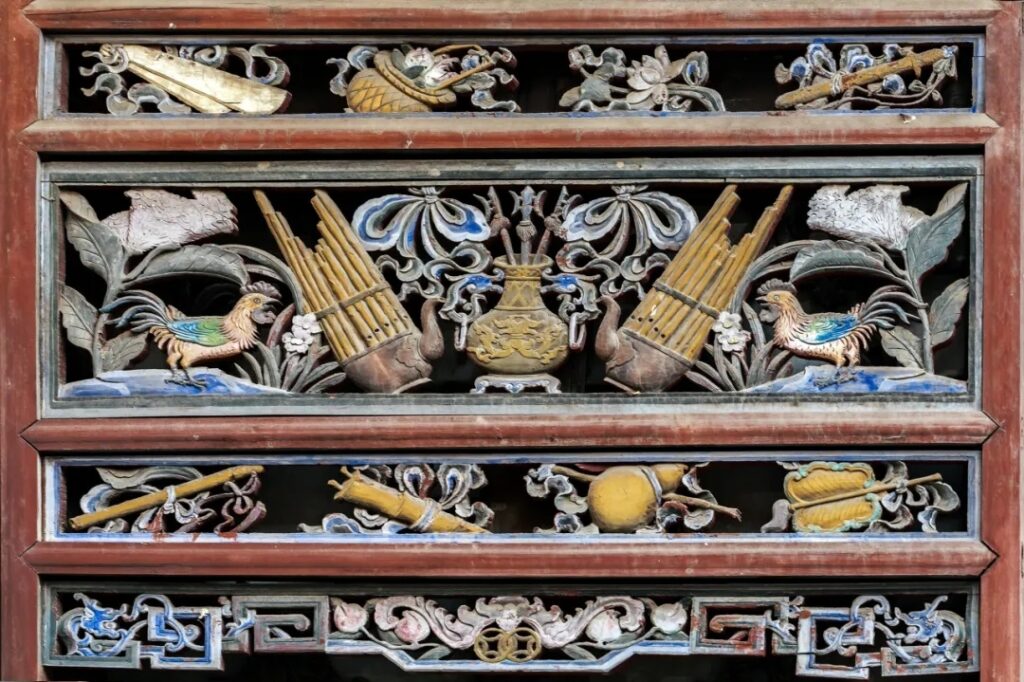
At the entrance, you’ll see two majestic stone lions by the courtyard gate, symbolizing protection and guardianship. These stone lions are placed at various courtyard entrances, each with unique expressions, showcasing a thousand different poses!
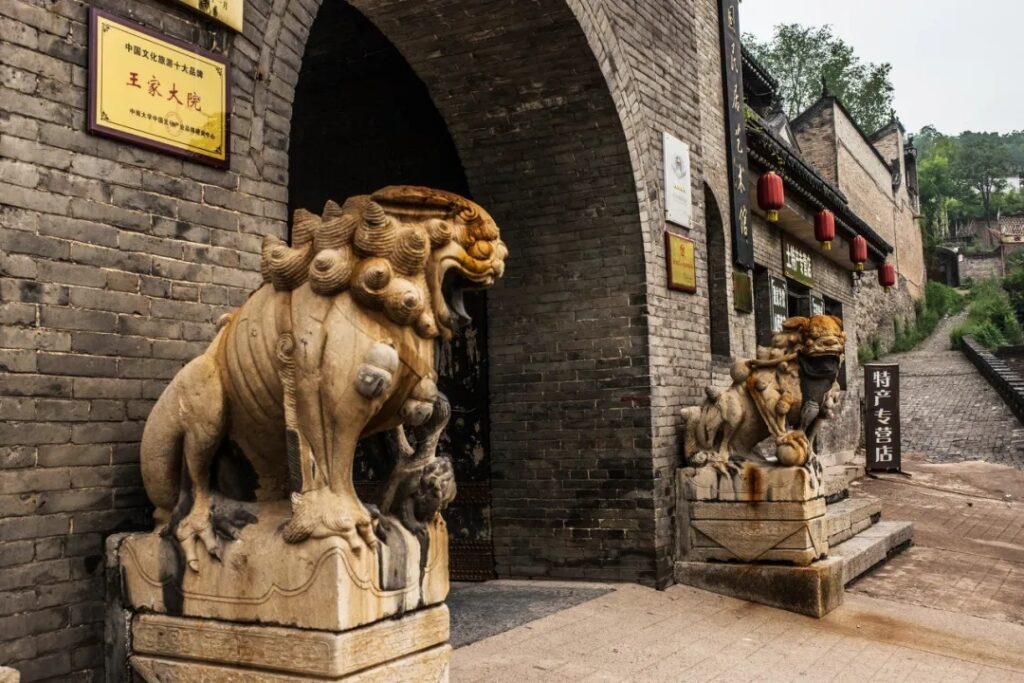
Opposite the gates, the screen walls are also carved with lions playing with embroidered balls. There’s a saying among the locals: “Lions playing with balls, good things are yet to come.” The word “lion” sounds like “heir” in Chinese, symbolizing the Wang family’s wish for a prosperous lineage.
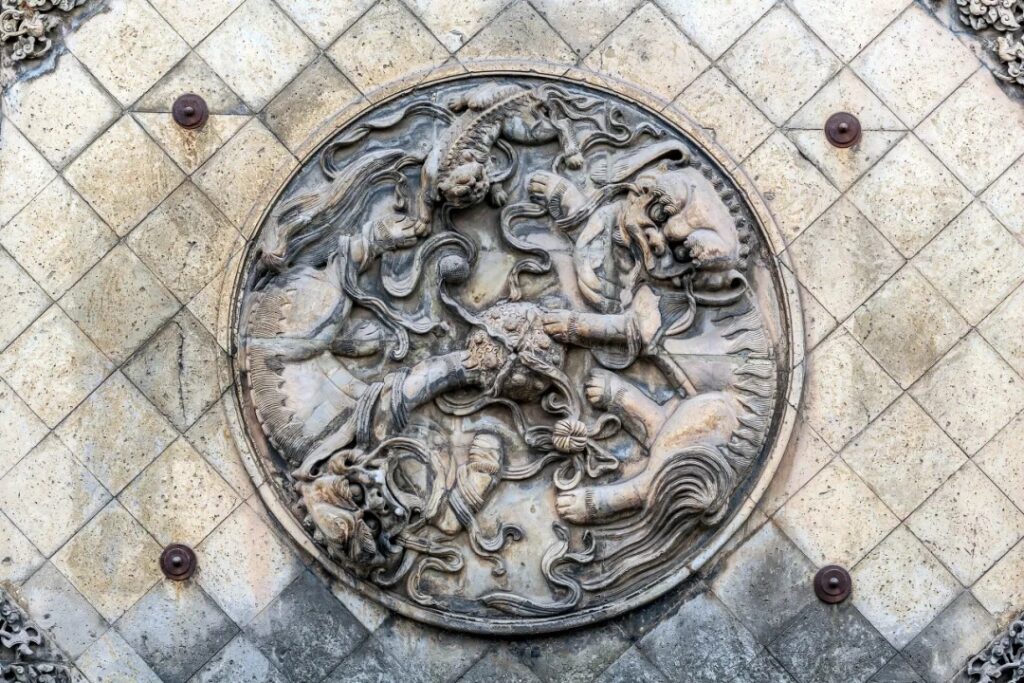
The Wang family valued a harmonious married life and numerous descendants. Inside their sleeping quarters, you’ll find patterns symbolizing prosperity everywhere!
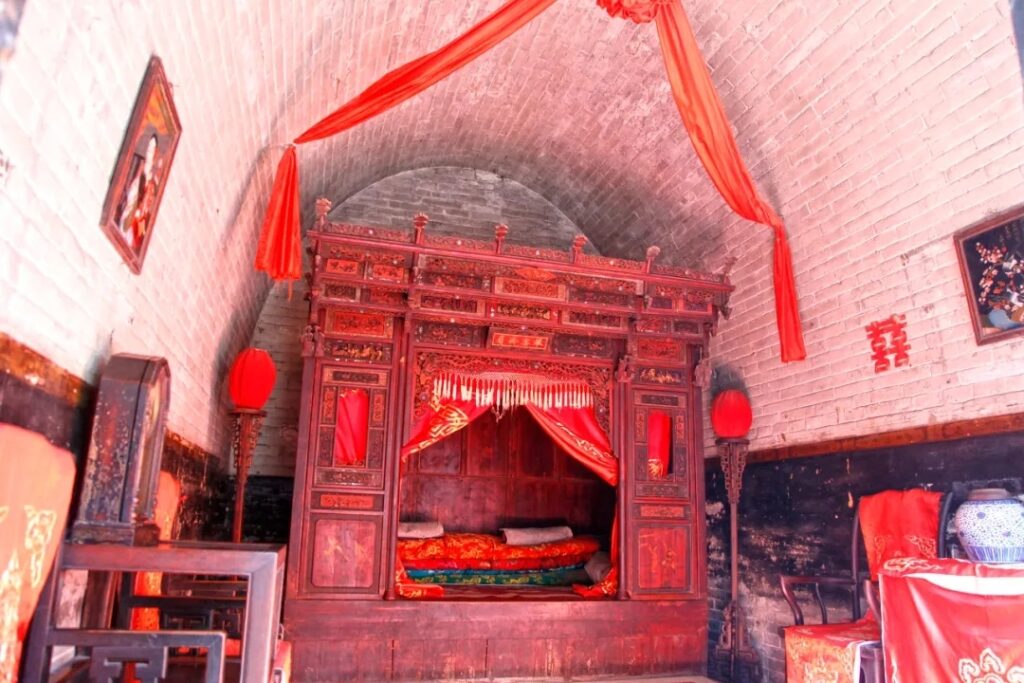
Only by visiting can one truly understand the saying, “In the Wang Family, every courtyard has carvings, every carving has meaning, and every meaning is auspicious!”
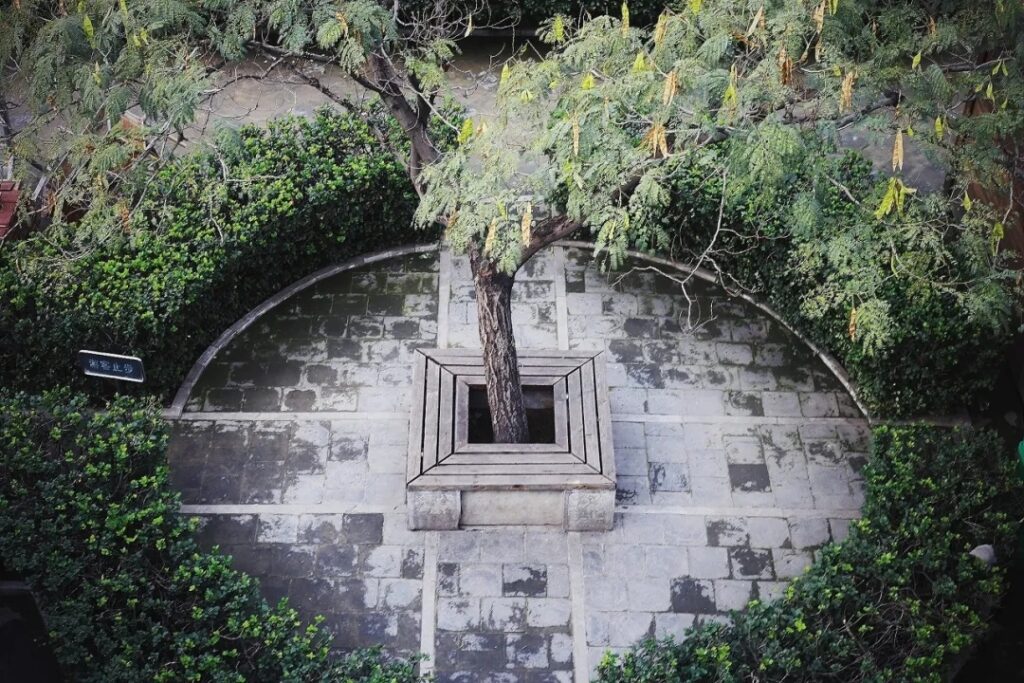
No wonder people say: “The Wang Family Courtyard is more like a city than a courtyard. Its past is a thick book, with each small courtyard, alley, and carving telling a story of belief and culture.”
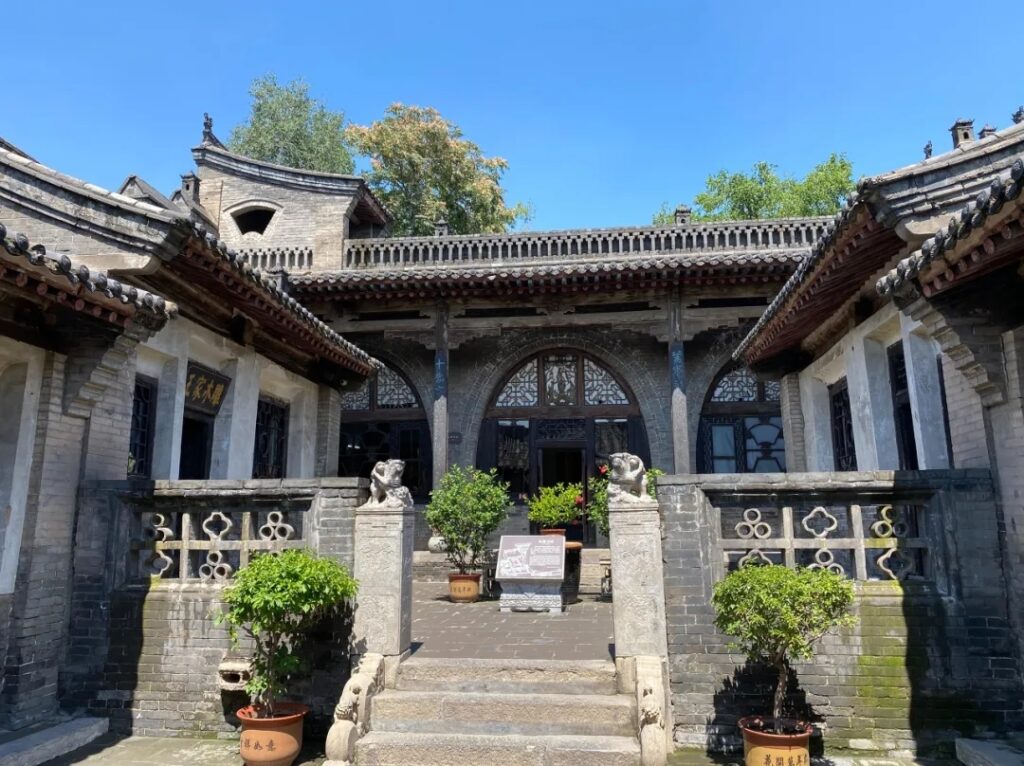
Walking through the courtyards, touching the carved decorations, you feel as if you’re stepping into the centuries-old history of the Wang family. This grand scale was built from scratch by the Wang family through their efforts!
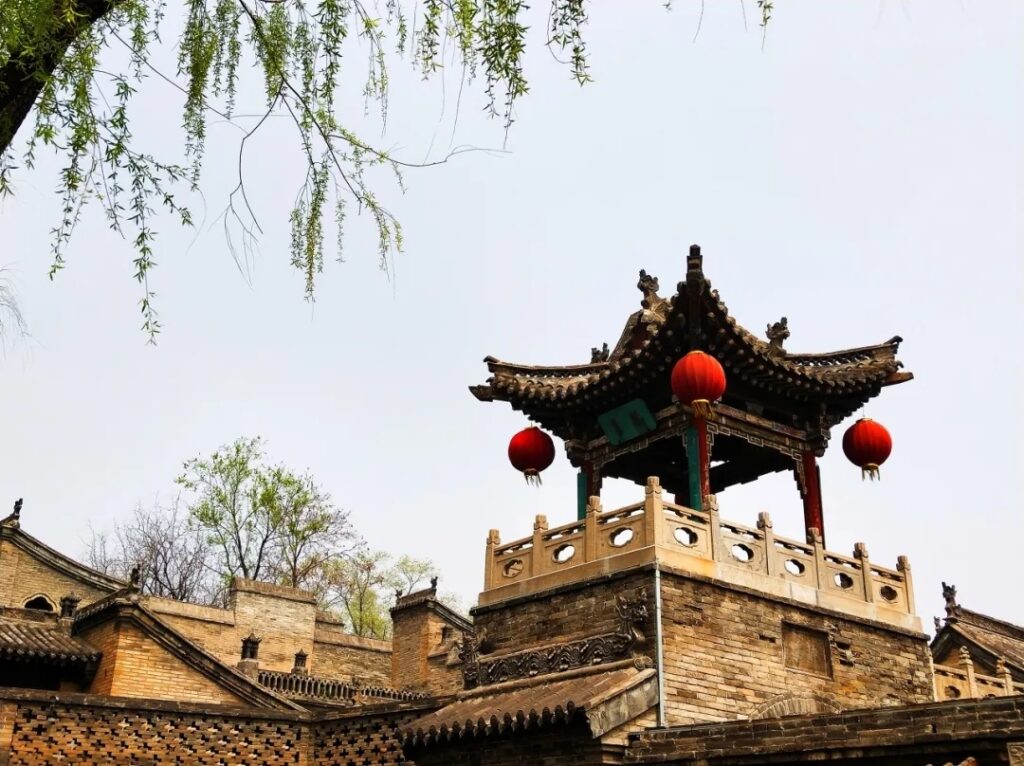
The Wang family initially prospered through selling tofu, then moved from farming to commerce, and from commerce to officialdom, gradually expanding their wealth and influence. During the Qing Dynasty alone, there were 101 Wang family members who held official positions ranging from fifth to second rank, so their wealth was not ostentatious but rather exuded a scholarly air.
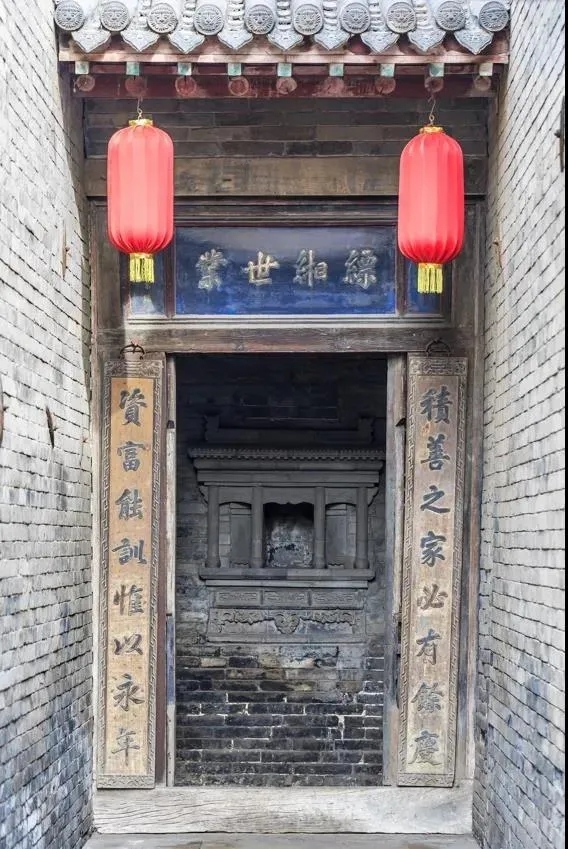
Throughout the courtyard, every hall has couplets, and every door has a plaque, each with profound meanings.
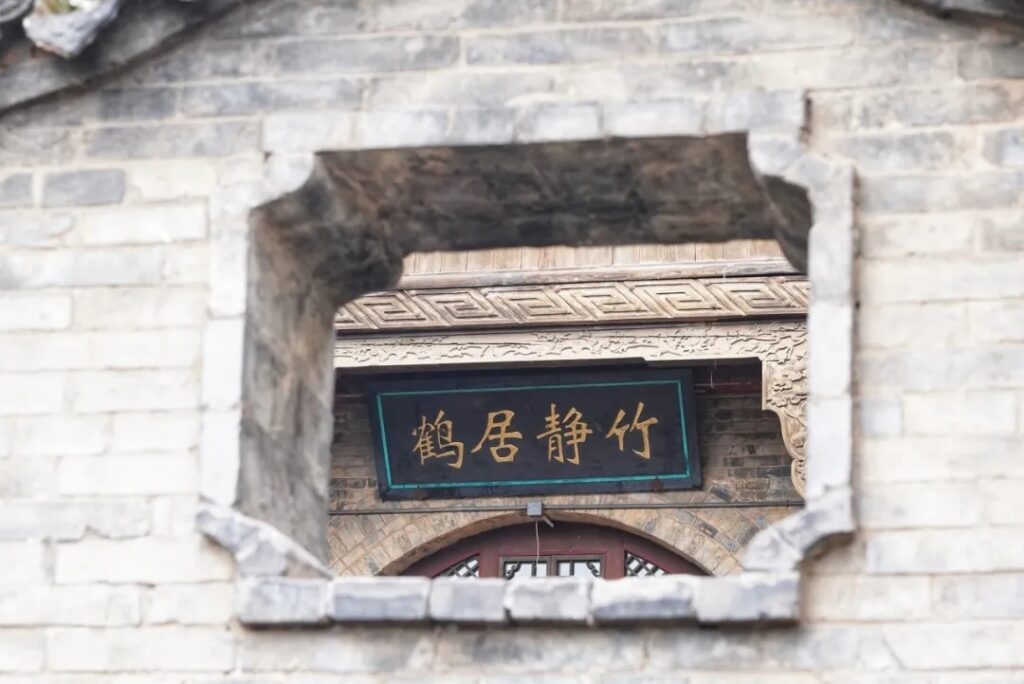
One plaque at Hongmen Fort reads “Regulate the Circle, Square the Square.” It’s easy to notice an extra dot on the character “矩” (rule), which isn’t a mistake but intentional, meaning the Wang family always strives for “a bit more, a bit more” in their conduct and behavior.
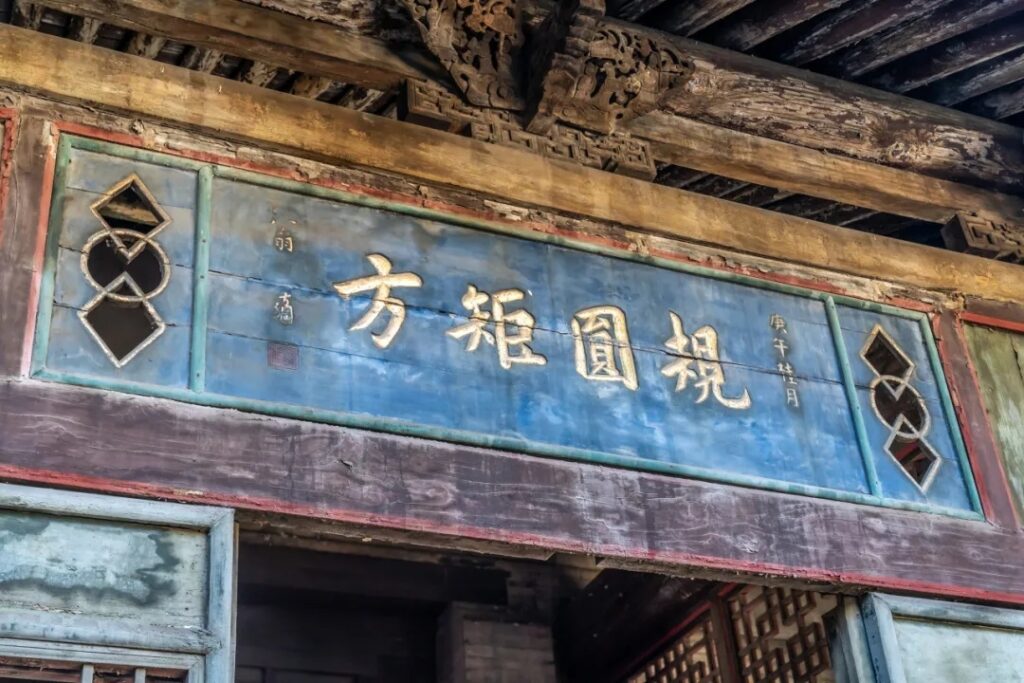
In the areas where the Wang family’s children studied, this scholarly atmosphere is even more palpable! The door frames are made of bluestone, with bamboo sections on either side, symbolizing the growth and rise of the Wang family’s descendants.
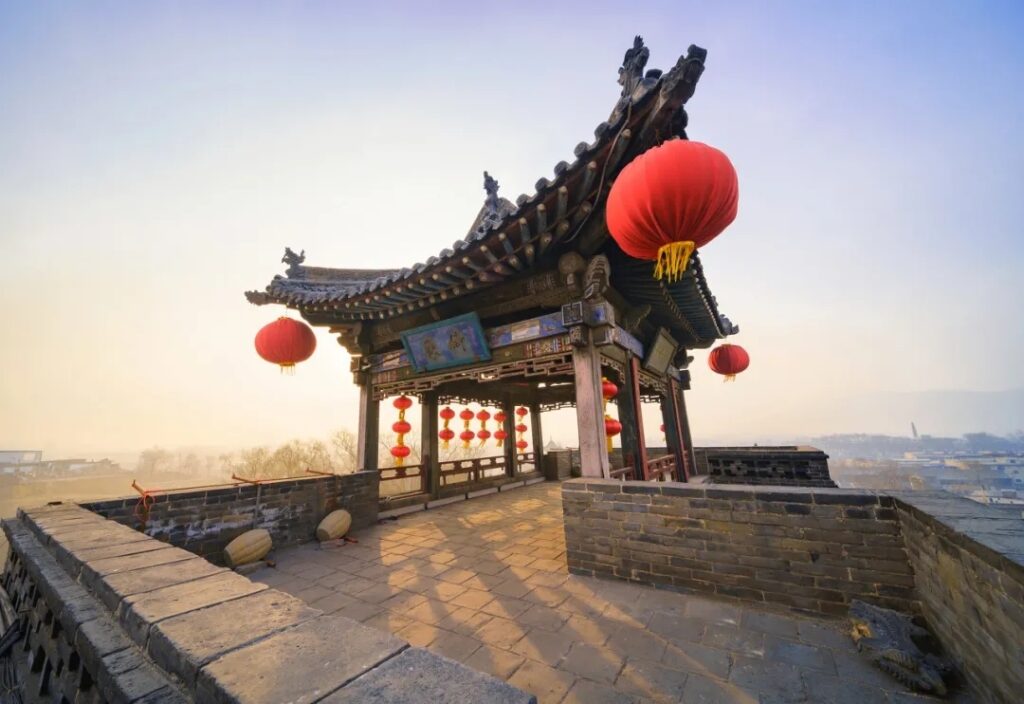
Sadly, the Wang family began to decline during the Daoguang Emperor’s reign, with later generations even selling off parts of the estate. Fortunately, many local residents moved into the Wang Family Courtyard, preserving it. However, it’s inevitable to feel a sense of melancholy, as even the grand Wang family was eventually submerged in the tide of history, leaving only these architectural wonders to tell of its former glory!
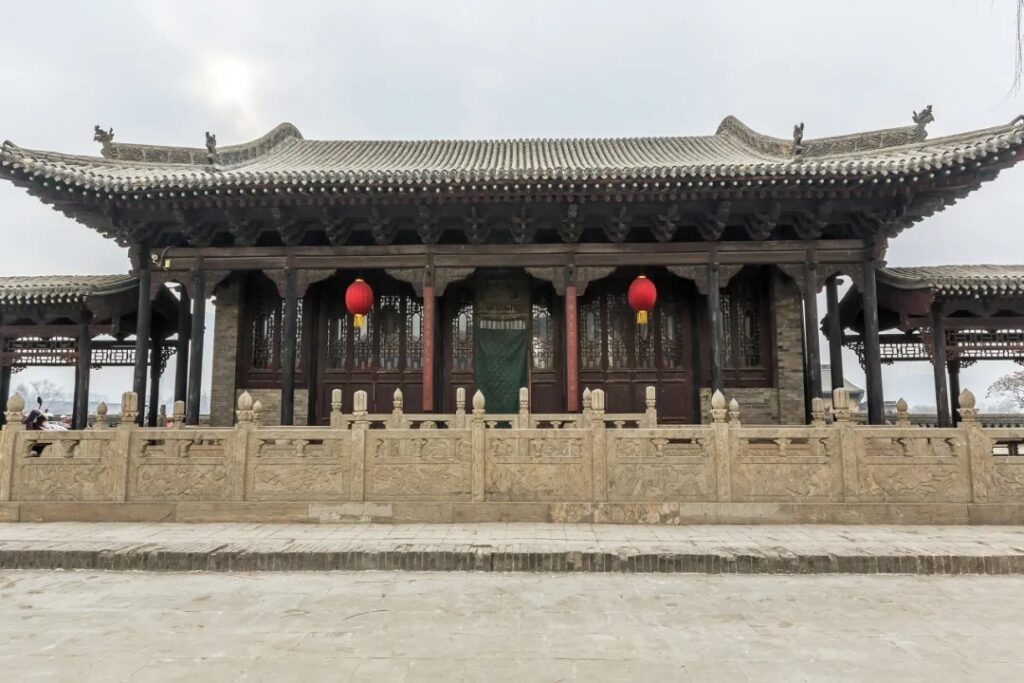
If you get the chance to visit Shanxi, make sure to experience the grandeur and magnificence of this luxurious folk mansion, the Wang Family Courtyard!






